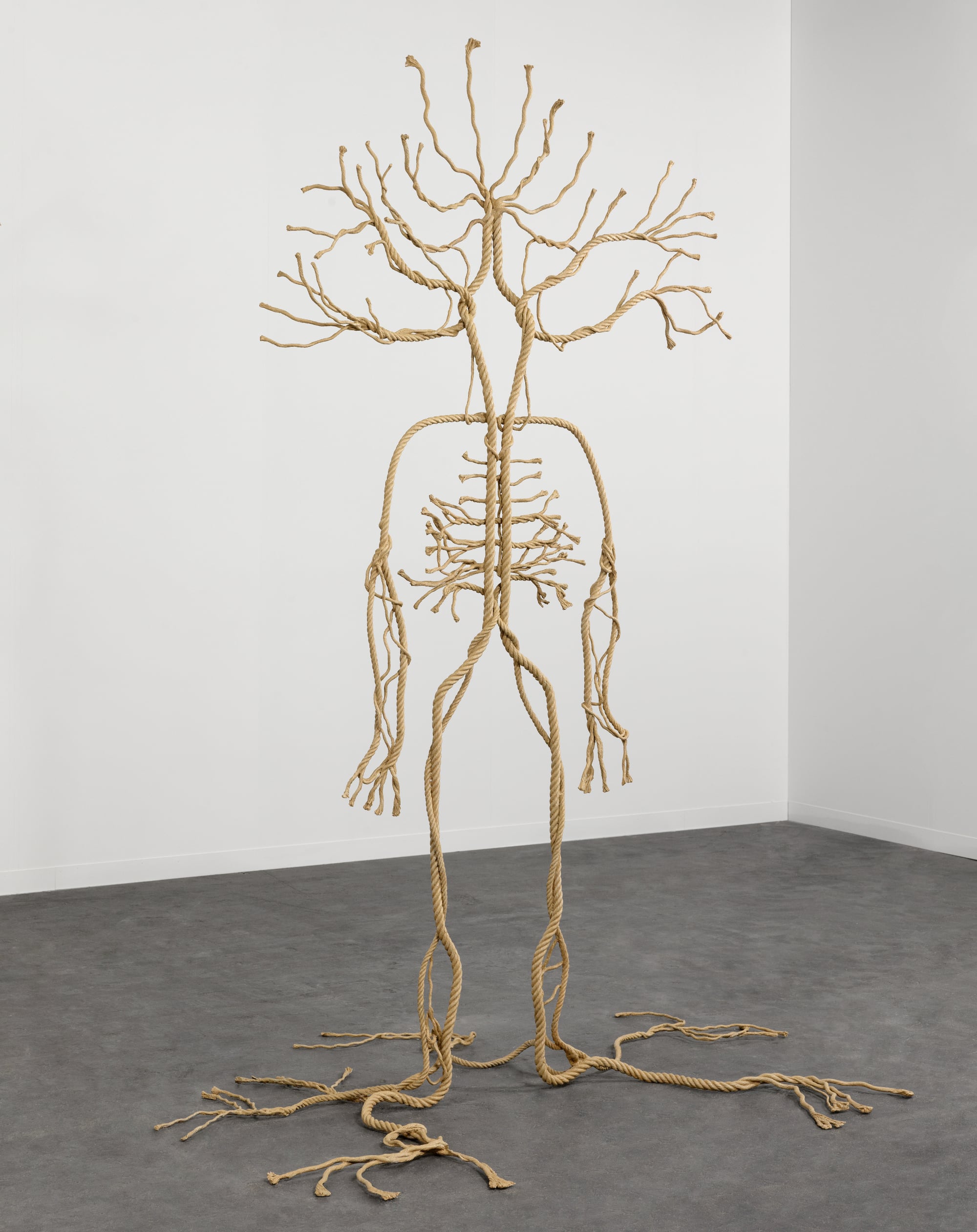All images © Sara Rivers Cofield, shared with permission
If the phrases “Bismark Omit leafage buck bank” or “Paul Ramify loamy event false new event” mean anything to you, your help has been needed since 2014. For the rest of us, the truth behind these nonsensical lines was only recently solved after a plea from curator and archaeologist Sara Rivers Cofield.
The cryptic messages are just two of dozens like them that Cofield found scrawled on thin, translucent sheets of paper buried inside the hidden pocket of a dress. She bought the bronze silk gown from an antique shop in Maine about ten years ago and inspected its impeccably preserved components when she returned home only to uncover a confounding surprise.
Detail of one of the papers found in the dress
As Cofield writes in a blog post, the dress is typical to those of the mid-1880s and has several unique features. Its buttons, which portray a Shakespearean motif of “a despondent Ophelia,” were all intact and present, something not often seen on vintage garments as the fasteners tend to be harvested and sold separately. A tag signed “Bennett” is also sewn into the bodice, presumably pointing to the former owner.
But the most interesting find emerged when Cofield lifted the overskirt and found a cotton pocket tucked deep inside near the right wrist, accessible only by lifting the outer piece of fabric high up to the waist. The papers were concealed inside this tiny opening. “My first thought was maybe a writing exercise? Or some kind of list? But there are also numbers between the lines, each line is marked off with a different color, and there are weird time-like notes in the margin; 10pm, 1113PM, and 1124 P,” she says in the post.
The hidden pocket in the cotton skirt lining
As reported this week in The New York Times, data analyst Wayne S. Chan from the University of Manitoba finally uncovered their meaning after several years of study. He reveals in a report that the mysterious phrases were telegraph messages describing weather observations often used by the Army and later the weather bureau, sent to stations around the U.S. and Canada throughout 1888.
Although Chan doesn’t have a hypothesis for why such messages were tucked inside the dress, he was able to use old maps to miraculously pinpoint the day of May 27, 1888, and entirely break the codes. Livia Albeck-Ripka writes in the article:
“Bismark Omit leafage buck bank” indicated the reading was taken at Bismarck station, in the Dakota Territory. “Omit” was for an air temperature of 56 degrees and pressure of 0.08 inches of mercury, though the National Oceanic and Atmospheric Administration has said the true reading could have been higher. “Leafage” for a dew point of 32 degrees, observed at 10 p.m. “Buck,” clear weather, with no precipitation and a northerly wind. “Bank,” a wind velocity of 12 miles per hour, and a clear sunset.
Since Cofiled first shared her findings a decade ago, there’s been much speculation about the owner of the garment, including whether she was a spy, trapeze artist, or part of the Orphan Trains that moved children from congested Eastern cities to the western U.S. throughout the 1800s. While we now know the meaning of the messages, the mystery behind why she decided to stash these notes in such an inconspicuous spot remains.
The discovery also coincides with the recent death of Maureen Sweeney whose daily forecasts in Ireland helped influence the the D-Day invasion in 1944.
The two papers found in the garment
Do stories and artists like this matter to you? Become a Colossal Member today and support independent arts publishing for as little as $5 per month. The article A Silk Dress from 1888 Contained a Hidden Pocket with Coded Messages. After a Decade, Someone Finally Solved the Mystery appeared first on Colossal.


